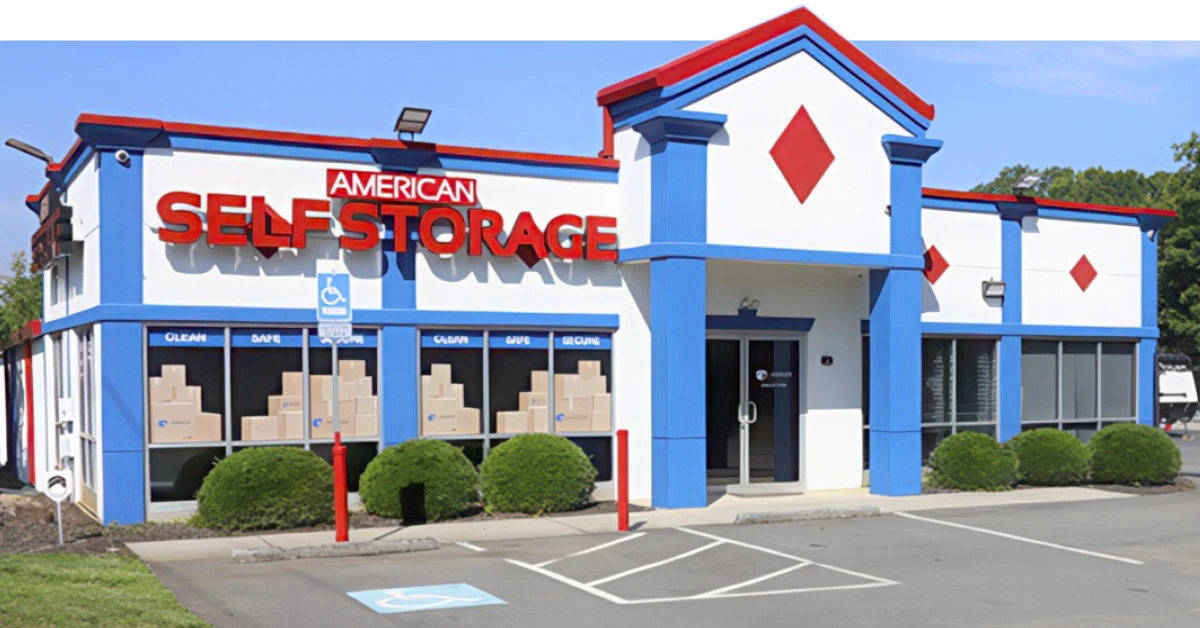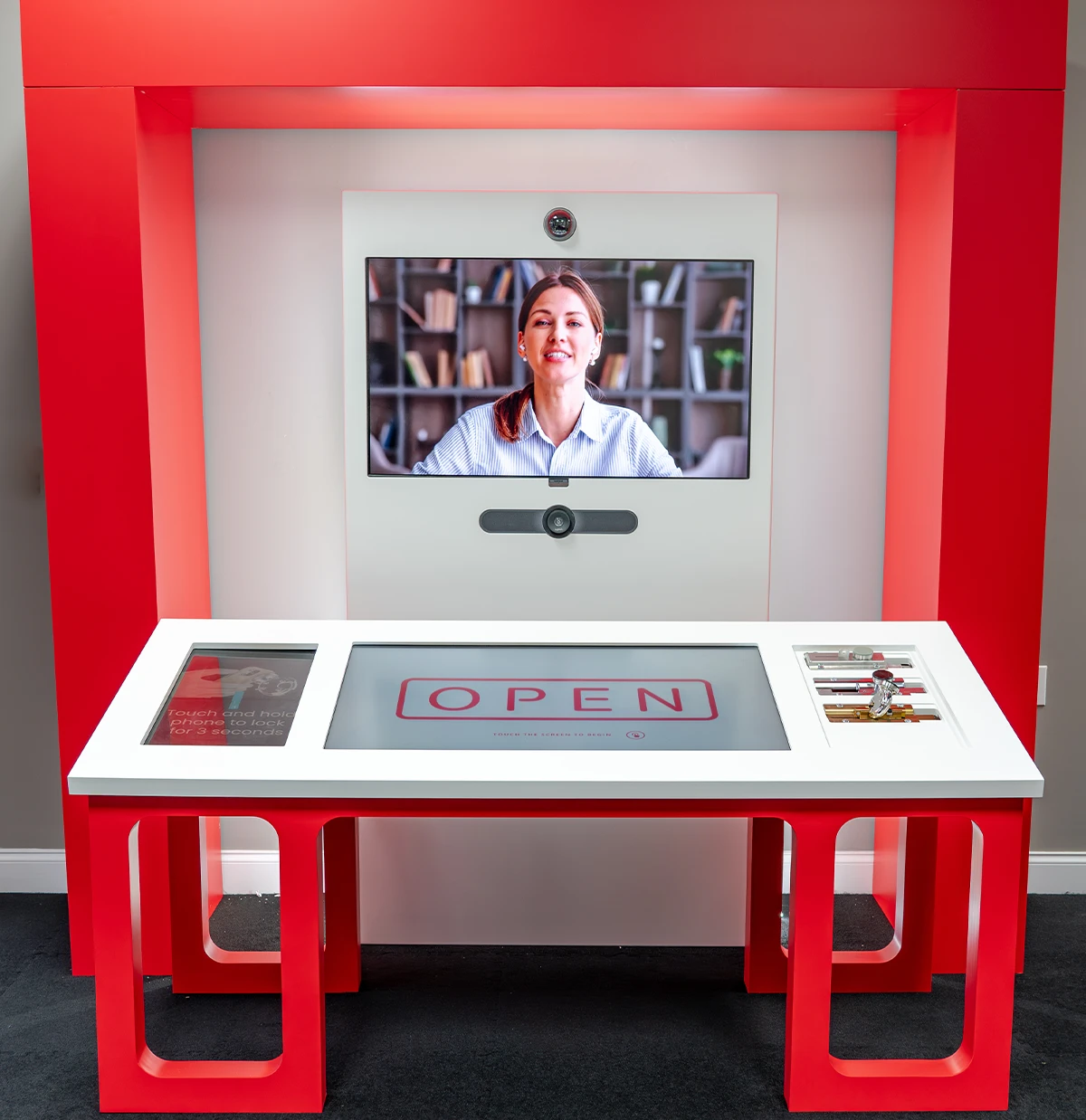Who's Who In Self-Storage: Michael Starkman, Keep It Simple Storage
The company was founded by the pair in Kapp’s quest to make the entire technology aspect of self-storage more efficient. “Robert Kapp had a vision for improving the technology and the efficiency of the space he operates in,” says Starkman. “He had a vision for a lot of tools to enhance the day to day. He felt there were a lot of very outdated and archaic processes that existed due to the lack of technology, so we set out to change that.”
Starkman believed in Kapp’s vision. “The industry seems to be about 20 years behind, considering the options [self-storage] have when compared to other industries like hotels or any other sector of real estate that have a lot more advanced and up-to-date technology that operators have access to,” he states. “I think there’s a large opportunity to provide a better service for the tenants too. From my experience as a store manager and back when we used to shop the competition, seeing how the day to day was run at these stores. I saw a lot of inefficiency and things that could have been run better. And I wanted to be part of that change.”
While working at American Storage South, Starkman pursued a bachelor’s in finance and economics at Ohio State University. Once he graduated, he decided to open BrightKing, a commercial cleaning company; it was his first experience in the business world as an owner. However, he had to sell it to focus full time on his role as co-founder and COO at Keep It Simple Storage.


Products With Purpose
Starkman goes on to say, “We believe strongly in having a person there ready to engage with anyone who walks through the door, which is why our system is built specifically to start in the parking lot, not at the lobby. We built it to warn the manager working remotely when someone pulls up, so when the tenant walks through the door, the person is on the screen ready to have a back and forth with them. We build technology to try and emulate an in-person experience as best as possible.”
He adds, “If the manager is talking to someone else or if the customer comes in after hours, we have a video that greets them to help set the table for the experience they are about to have and helps them give our clients 30 to 60 seconds for the manager to pop on the screen if they are tied up. We learned from watching people and their interactions in our facilities that people are very impatient. They don’t tend to read signage and avoid scanning the QR code. They usually give you to to three seconds, and if you don’t grab their attention, they will turn around and walk away.”
Starkman and the KISS team has watched security footage to better understand customer behavior. This has provided them with invaluable insights. “… We learned that if you have an unmanned office, it’s important to be intentional with how the space is laid out. There should be a space to prepare the individual for the experience they are about to receive,” he states. “In our case, we use technology that is triggered by a motion sensor; when it’s tripped, an automated video starts playing while we wait for the customer to come in to have a live video conversation with a manager. Companies are paying a lot of money on SEO and ads to get that customer there, so having solutions for all of those key instants is important if you are going to run an unmanned facility.”
Keep It Simple Storage’s differential is that they focus all of their time on creating products for the self-storage industry, with employees who come from a self-storage background coming together to create products that solve the issues and concerns they had previously run through in their own facilities. An example is the KISS One Lock, an NFC-powered smart lock, created by an engineer who owns self-storage facilities.
“We like NFC (near-field communication) because it allows us to harvest energy from the phone, avoiding the need for a power source. So, we don’t have to use any batteries or wire any doors, which is really expensive,” he says. “A lot of people adopt smart locks because they want to run more efficient facilities, but in our experience, if you are using battery-powered smart locks, you are just trading a problem for a new one, because you have to make sure the batteries are at full power. We chose NFC because it permits both information and energy transfer.”

Good Guidance
As a first step, Starkman recommends investing in a small pilot program to get your own data and experience with new technologies instead of investing big out of the gate. “Those who tend to invest big off the jump also tend to get burned big,” he says. “So, run a bit of a controlled pilot program, either in a single store or in a few of them, to collect data points and build the case that will allow you to have a much higher success rate in your investments in technology.”
More Content
Popular Posts
Recent Posts
When Germantown High School in Gluckstadt,...
It’s comforting to know that no matter how...
A very wise self-storage expert once said...
Senate Bill 709 (SB709) has many in the...
In January, self-storage industry veteran...
In April 1984, the first non-stop commercial...
Raise your hand if you’ve ever made plans,...
Everyone knows it: Investing in real estate...











